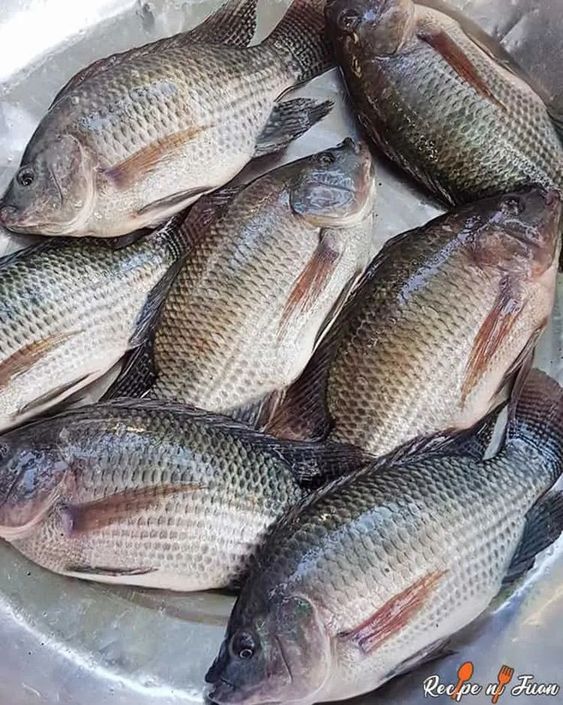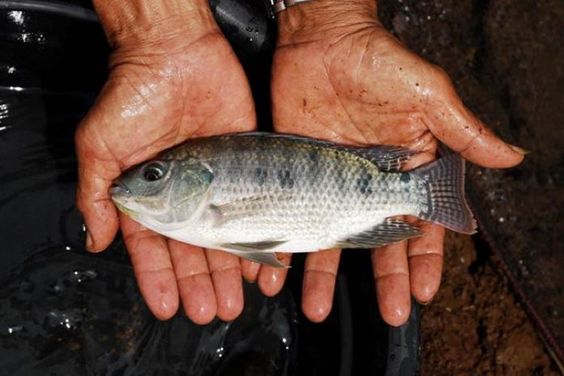Fish Rearing Techniques: A Comprehensive Guide to Thriving Aquaculture
Fish rearing techniques, also known as aquaculture, is the controlled breeding, growing, and harvesting of fish in water environments. It’s a rapidly growing industry that provides a sustainable source of protein for a growing global population. From backyard ponds to large-scale commercial operations, fish rearing techniques can be tailored to suit various needs and fish species.
This comprehensive guide dives into the fascinating world of fish rearing, exploring essential techniques for a thriving fishery.
Contents
Setting the Stage: Choosing Your Fish Rearing System
The first step in your fish rearing journey is selecting the most suitable system for your goals and resources. Here are the main options to consider:
-
Ponds: Earthen ponds are the most common fish rearing systems, offering a natural environment for various fish species. They can be intensive (highly stocked) or semi-intensive (moderately stocked), requiring proper management of water quality and fish health.
-
Tanks: Tanks provide a more controlled environment for rearing fish, often used for intensive production or raising delicate species. They come in various sizes and materials, allowing for customization based on space and fish type.
-
Cages: Cage aquaculture involves rearing fish in enclosures made of nets suspended in lakes, rivers, or coastal areas. This method utilizes natural water bodies while providing protection from predators.
-
Raceways: Raceways are long, narrow concrete channels with flowing water, ideal for raising fish that prefer current, like salmon or trout. They offer good control over water quality and efficient feeding systems.
-
Recirculating Aquaculture Systems (RAS): RAS are closed-loop systems that re-use water after treatment. This method is highly efficient in water usage and biosecurity but requires significant investment and technical expertise.
Essential Techniques for Successful Fish Rearing
Once you’ve chosen your rearing system, it’s time to delve into the core techniques that will ensure the success of your fish farm:
-
Water Quality Management: Pristine water is paramount for healthy fish. Regularly monitor water parameters like temperature, dissolved oxygen, pH, ammonia, nitrite, and nitrate. Implement measures like aeration, filtration, and water exchange to maintain optimal levels.
-
Stocking Density: Overstocking your rearing system can create stress, disease outbreaks, and poor fish growth. Research the ideal stocking density for your chosen fish species and adjust based on factors like water quality, oxygen levels, and pond size.
-
Fish Selection and Seeding: Select healthy fish for stocking, considering factors like age, size, and disease resistance. Source fingerlings (young fish) from reputable hatcheries to minimize the risk of introducing diseases.
-
Feeding Practices Fish rearing techniques: Provide a balanced diet tailored to the specific needs of your fish species. Choose high-quality fish feed that offers the right amount of protein, carbohydrates, vitamins, and minerals. Implement a regular feeding schedule to ensure proper growth and health.
-
Disease Prevention and Management: Maintaining a clean environment and good water quality is crucial for disease prevention. Regularly monitor fish health for signs of illness and implement quarantine procedures if needed. Vaccination programs can also be beneficial for certain species.
-
Harvesting Techniques: Fish harvesting methods vary depending on the rearing system and fish size. Seining nets, traps, and graded mesh cages are commonly used. Handle fish carefully during harvesting to minimize stress and ensure product quality.
Advanced Fish rearing techniques for Enhanced Production
Fish rearing techniques,For those aiming to optimize their fish rearing operations, several advanced techniques can be considered:
-
Polyculture: This involves raising multiple fish species with compatible feeding habits in the same system. This technique utilizes resources efficiently and can lead to increased overall production.
-
Integrated Aquaculture: This approach combines fish rearing with other agricultural activities, like raising crops or livestock. The waste products from one system can be used as fertilizer for the other, creating a sustainable and efficient closed loop.
-
Aquaponics: This integrates fish rearing with hydroponic plant cultivation. The nutrient-rich water from the fish rearing system provides fertilizer for the plants, while the plants help filter the water for the fish.
-
Genetic Selection: Selective breeding programs can improve desirable traits in fish, such as faster growth rates, disease resistance, and improved flesh quality.
Responsible Fish rearing techniques Practices
Fish rearing techniques,Sustainable and responsible fish rearing practices are essential for environmental protection and long-term success. Here are some key considerations:
-
Minimize Water Usage: Explore water-efficient rearing systems like RAS or implement water conservation techniques in ponds.
-
Biosecurity: Implement measures to prevent the introduction and spread of diseases between your farm and the surrounding environment.
-
Feed Management Fish rearing techniques: Use high-quality, sustainable feed sources to minimize environmental impact.
-
Habitat Restoration: Consider participating in programs that restore natural fish habitats to offset the ecological impact of aquaculture.






